This is part of our new weekly plant news roundup, brought to you thanks to our partners at Earth.com.

Fruits and Veggies May Reduce Memory Loss in Men
A study published this week on over 27,000 men found that berry fruits, orange juice, leafy green vegetables, and red or orange fruits all are linked to lower rates of memory loss for men.
Over twenty years, the men reported on their fruit and vegetable intake each day. They also tested the men’s cognitive abilities, then grouped the men by their fruit and veggie consumption versus their cognitive performance. More fruits and veggies correlated with higher cognitive performance.
Read more about diet and memory loss on Earth.com.
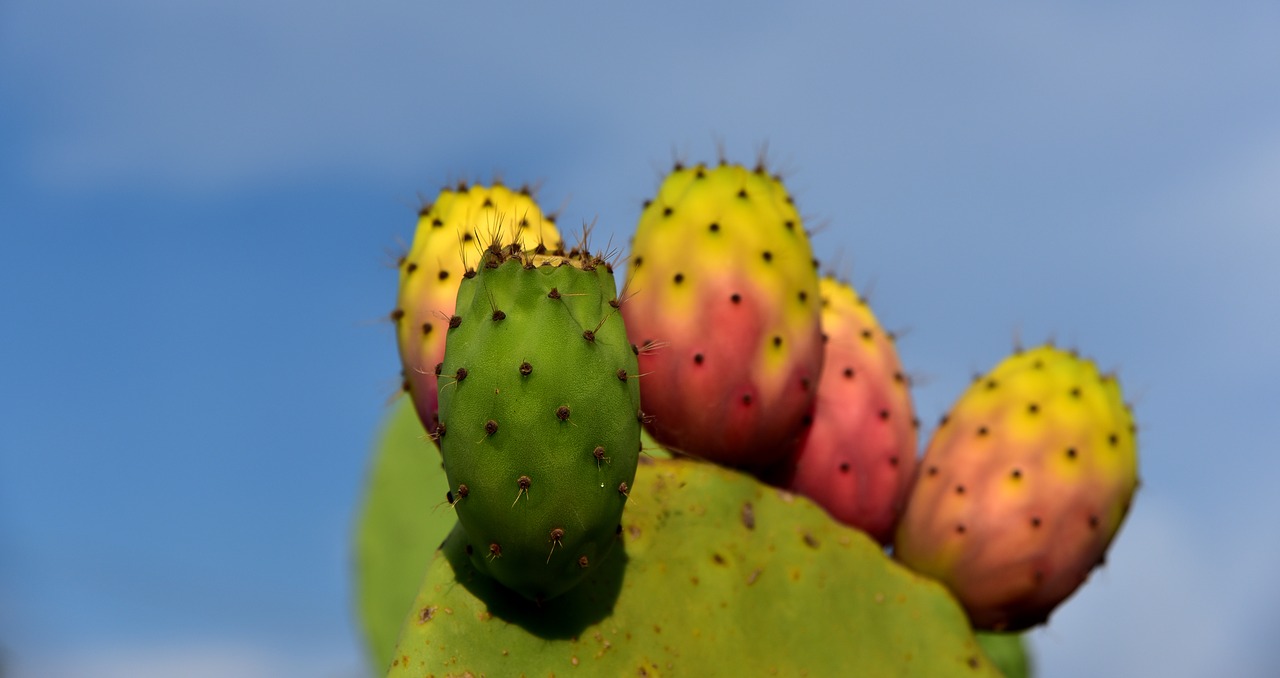
Prickly Pears Might Improve Hazmat Suits
New to the desert, a professor noticed that the younger pads of prickly pears are hydrophobic (water-shedding) while the older pads are hydrophilic (water-absorbing). Professor Konrad Rykaczewski studies water-solid interactions for a living, and he got a grant to study the microscopic structure of these plants.
The researchers found that young prickly pear pads are waxy and impermeable, while older pads have cracks running all the way to the cell wall, allowing water to run into the pad. The scientists are now working to create new hazardous material suits with pores that close up in the presence of dangerous materials but allow for vapor and heat transfer in other scenarios.
Read more about prickly pears and hazmat suits on Earth.com.
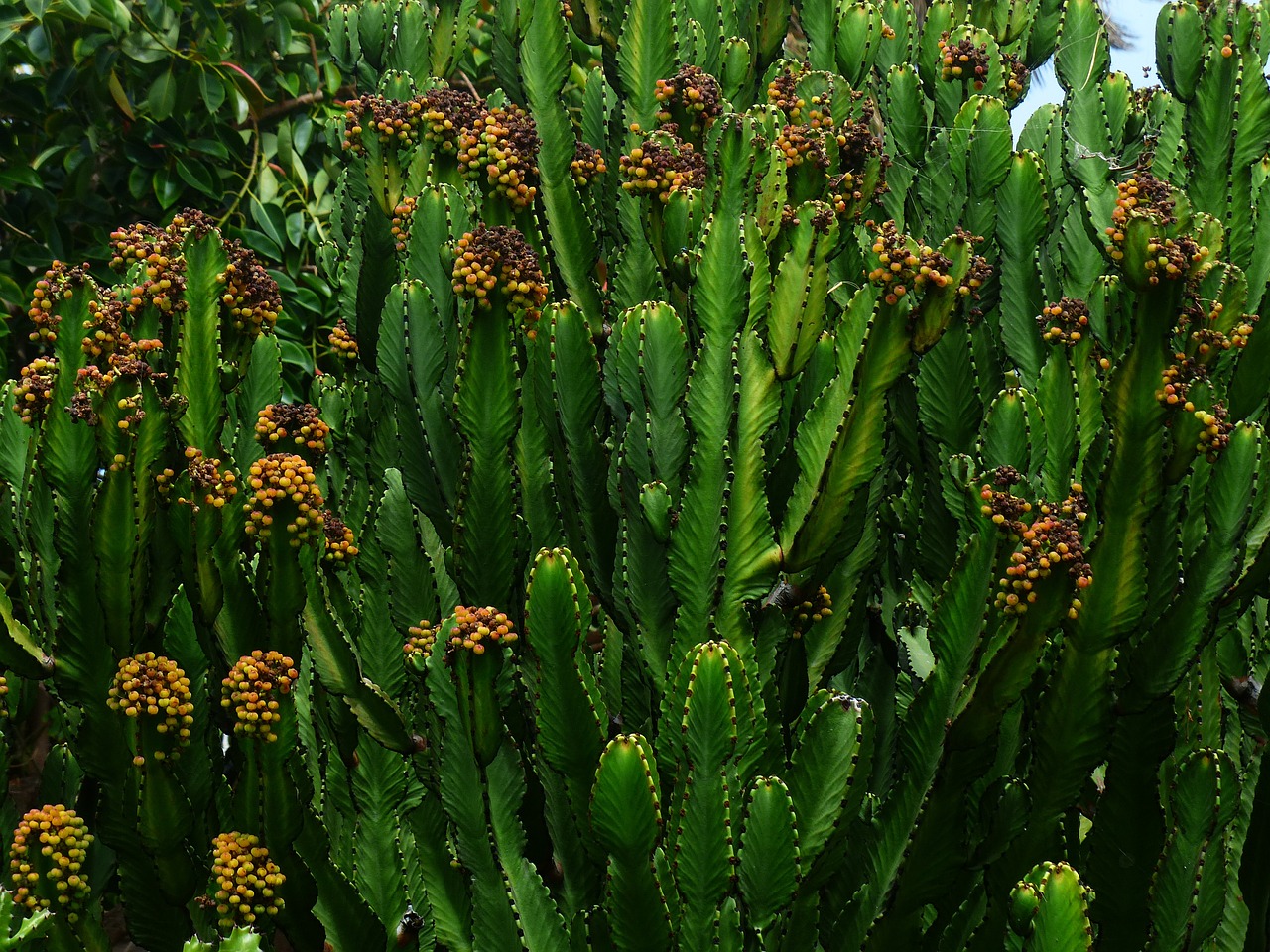
Could a Moroccan Plant Tackle the Opioid Crisis by Killing Pain?
Resin spurge (Euphorbia resinifera) is not a plant you want to eat. It scores 16 billion on the Scoville Scale of heat – ghost peppers “only” score about 1 million. The resin spurge is so hot that it will literally destroy nerves. While this generally sounds like a terrible idea, it has potential implications for treating chronic pain or the pain from late-stage cancer without the addictive effects of opioids.
Resiniferatoxin, the chemical that makes resin spurge so hot, only targets the molecules in nerves that sense pain. In other words, resiniferatoxin can kill pain without reducing the function of a joint. The initial pain from using resiniferatoxin is excruciating, so patients would need to be anesthetized prior to use. But the pain-killing effects could last months.
Resiniferatoxin is being studied by the NIH for use in pain treatment, but is not approved yet.
Read more about resiniferatoxin on Earth.com.











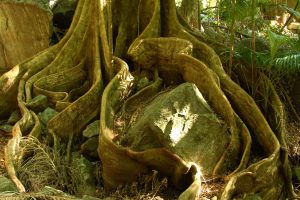

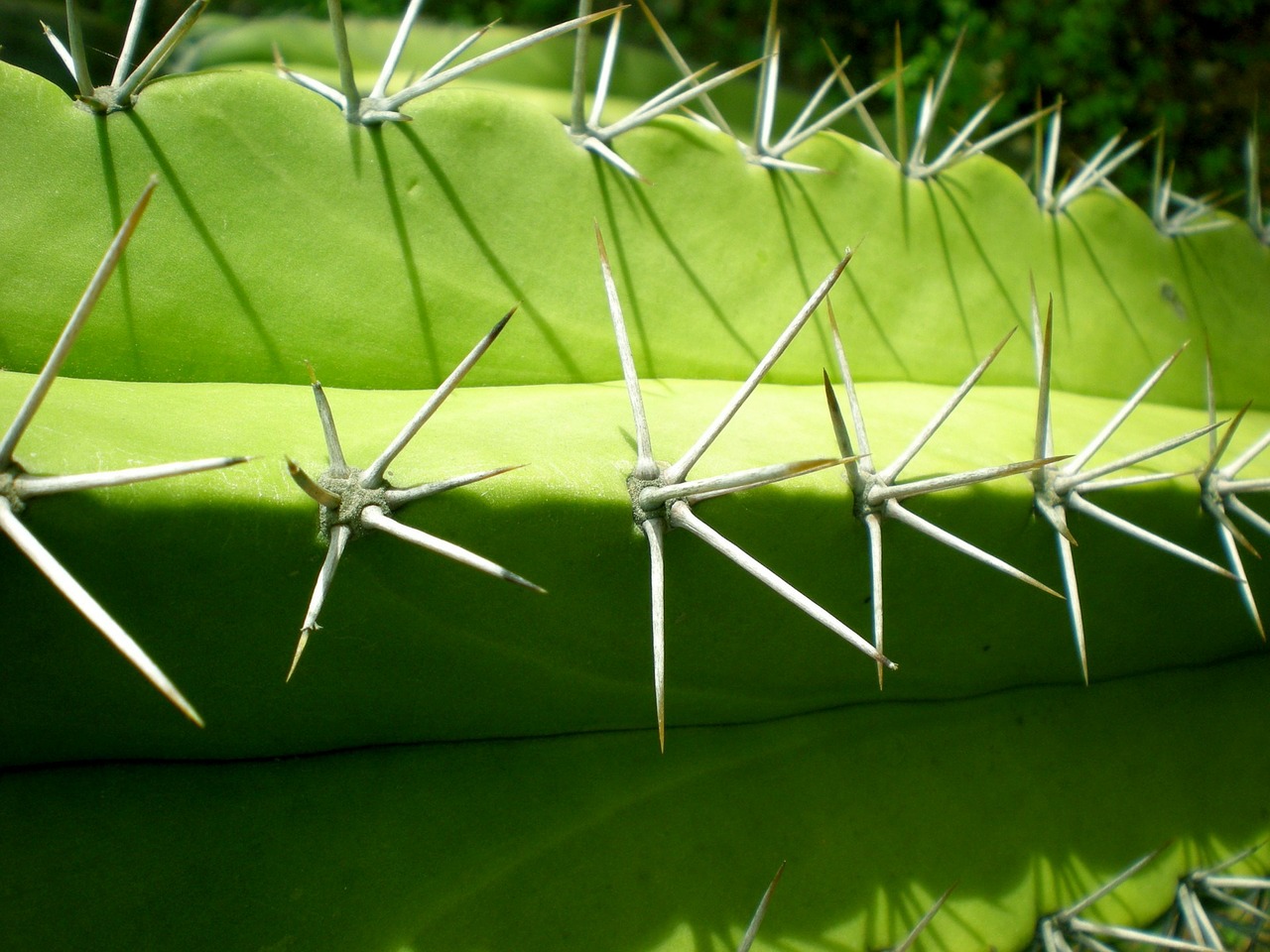
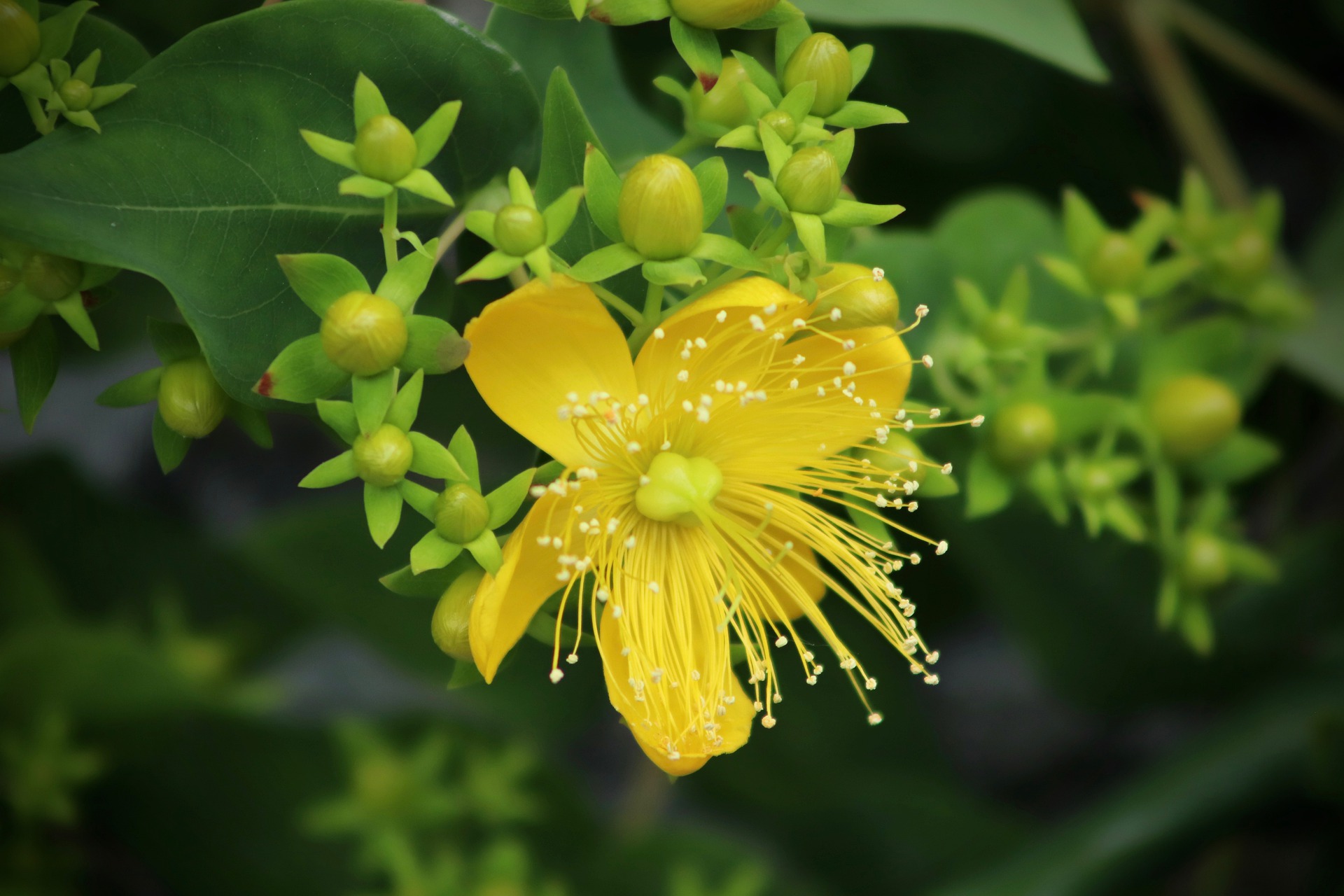
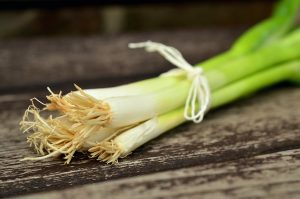
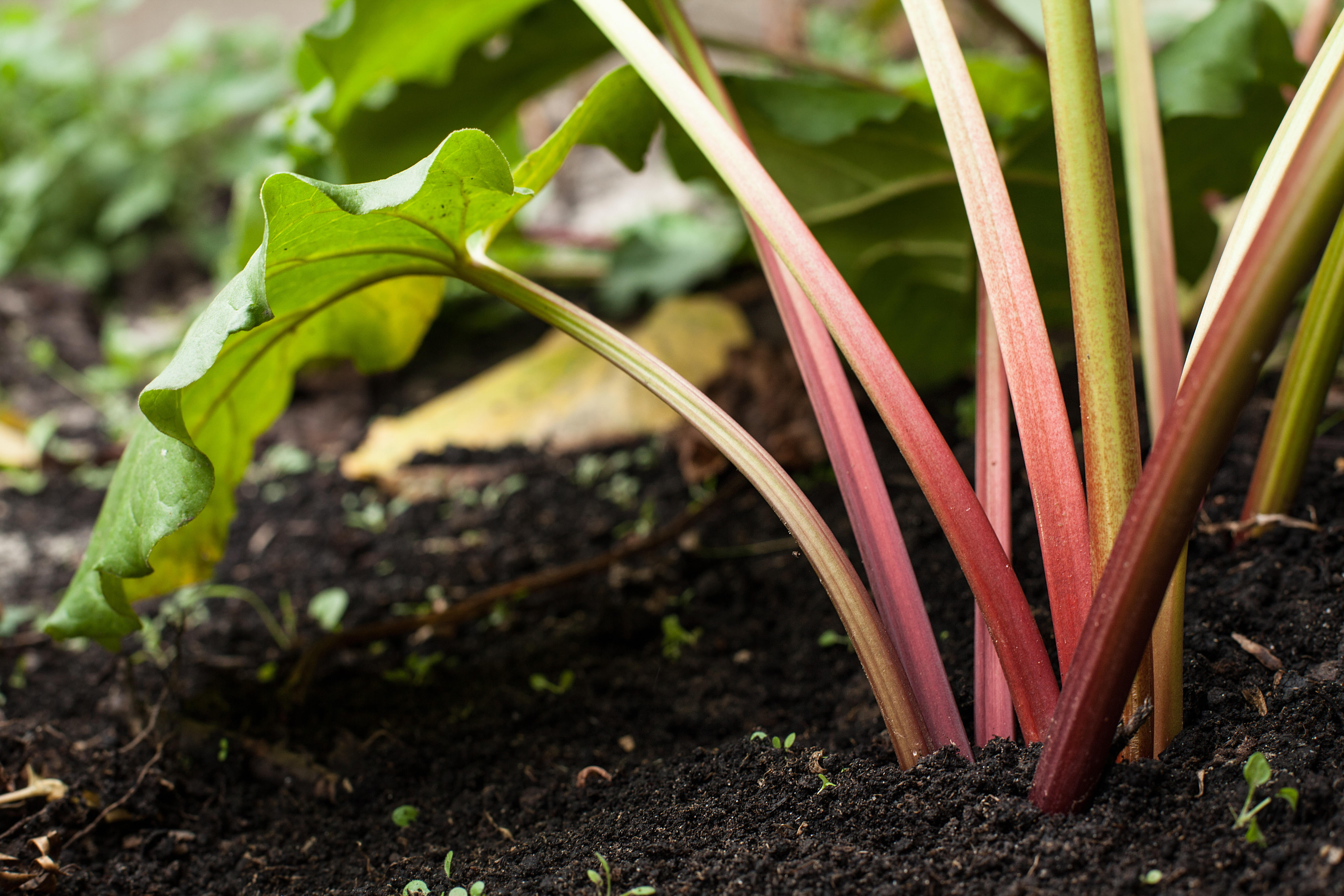

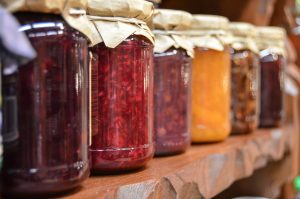
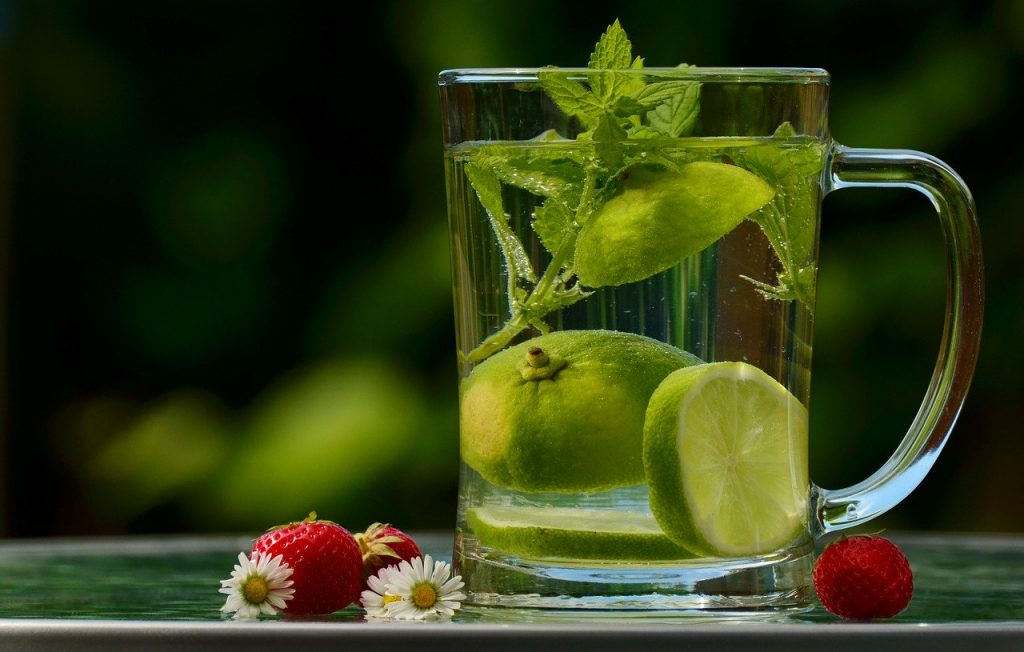
0 Comments